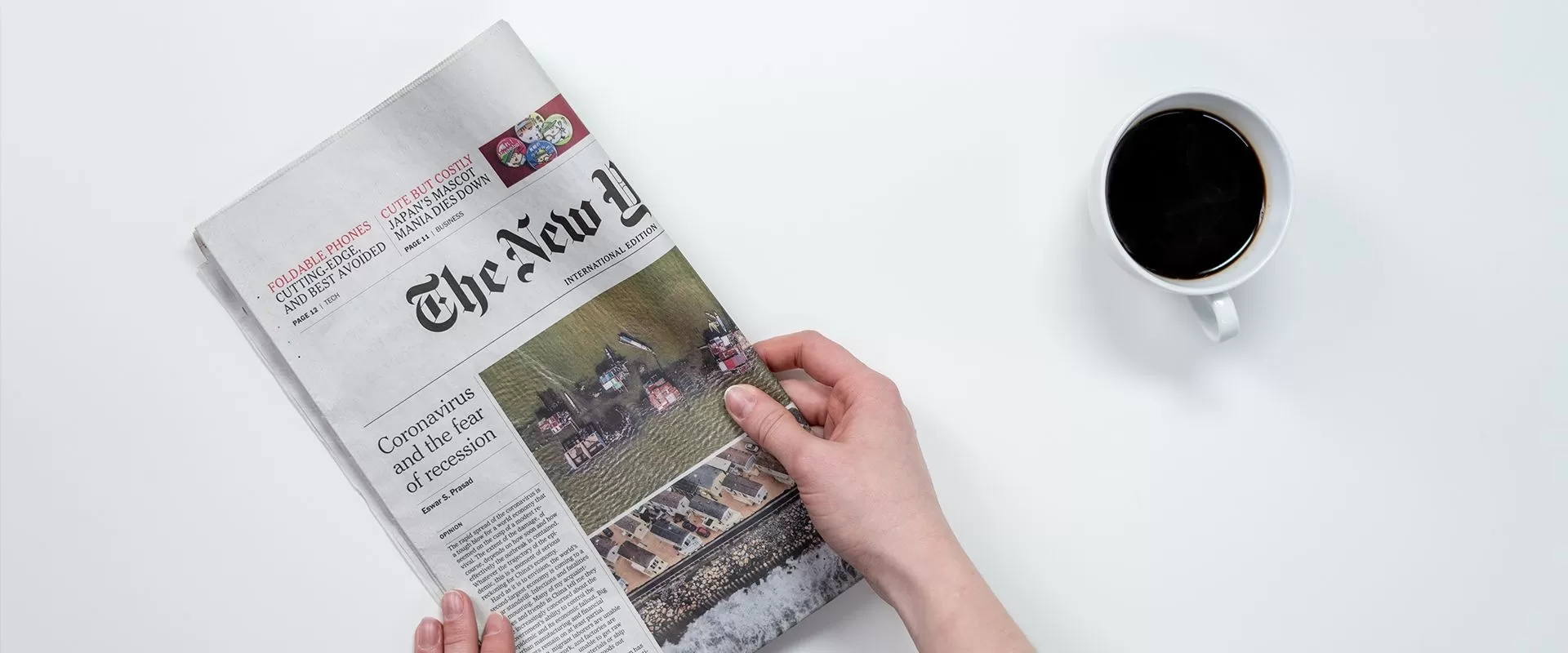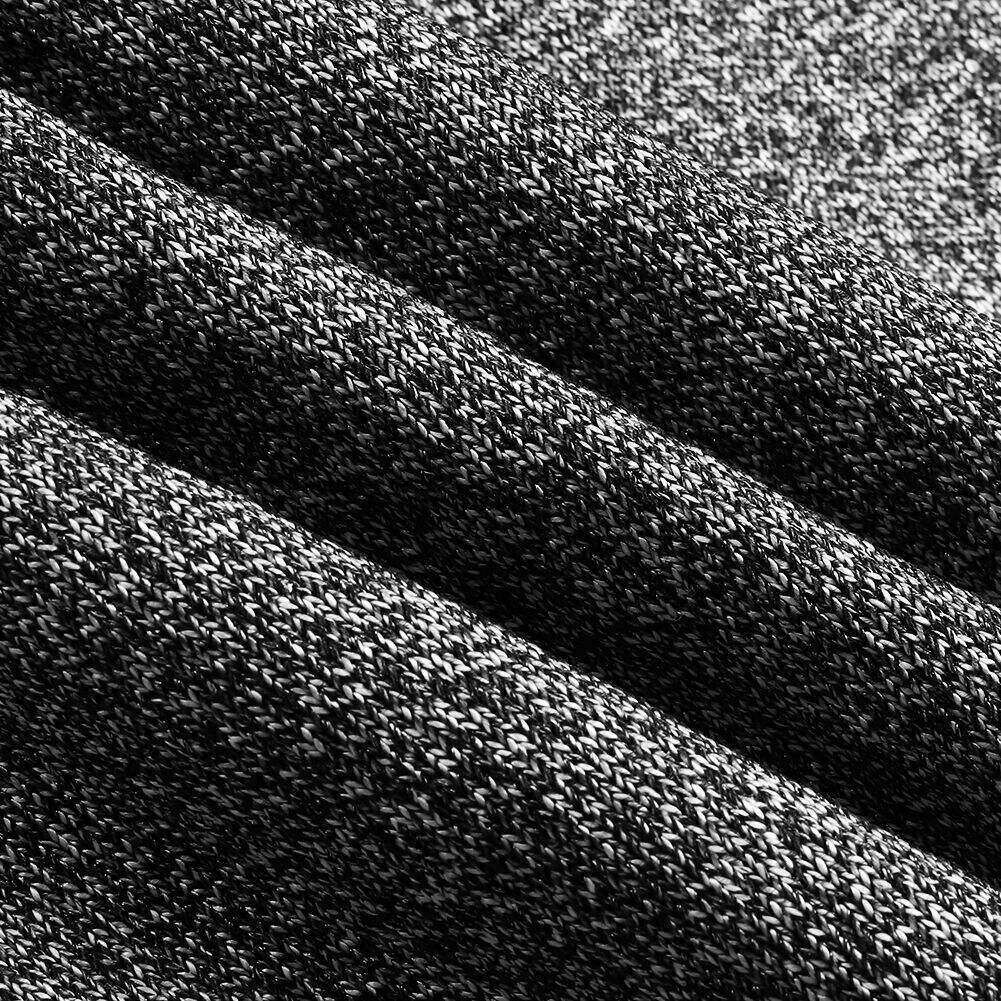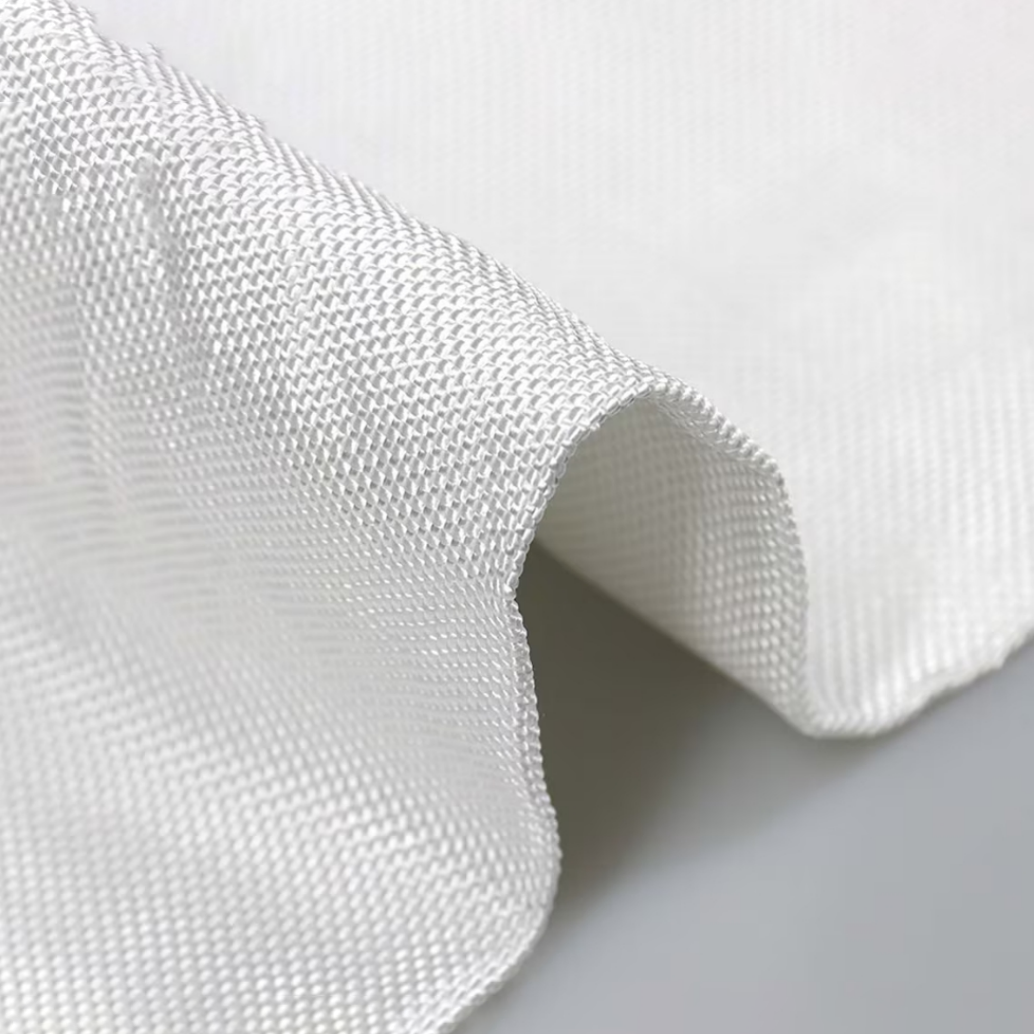Cut Resistant Fabric: Lucrative Wholesale Opportunities
Key Industries Driving Demand for Cut Resistant Fabric
Manufacturing & Construction Applications
Manufacturing and construction sites have seen an urgent push for better safety rules recently. Workers across these fields deal with serious cut risks daily, which explains why there's been such a spike in demand for gloves and gear that can withstand cuts. Look at construction specifically – those guys handling materials all day long are particularly vulnerable. That's why many companies now specify cut resistant fabrics when they order protective clothing. Safety regulations keep getting tighter, so businesses just cant afford to skimp on quality PPE anymore if they want to stay compliant. Beyond keeping employees safe, good protective gear actually saves money in the long run since fewer injuries means lower insurance premiums and downtime costs. And as both industries expand their operations, we'll probably see even greater emphasis on finding gear that stands up to real world conditions while still offering proper protection.
Healthcare & Emergency Services Needs
Medical staff face all sorts of dangers daily just from handling sharp tools, which is why cut resistant fabrics have become so important in their work clothes. Firefighters and paramedics need this kind of protection too when they deal with broken glass, metal shards, and other dangerous debris at accident scenes. Studies back up what many workers already know from experience these protective materials really do cut down on injuries across hospitals and emergency response teams. As workplace safety gets more attention than ever before, adding cut resistant textiles to standard PPE makes good sense for anyone working in high risk environments. It gives them peace of mind knowing their gear stands up against the kinds of accidents that happen every day in their line of work.
Law Enforcement & Military Requirements
Police officers and soldiers regularly encounter dangers from knives and other sharp weapons, which is why manufacturers started adding cut resistant fabrics to their uniforms and equipment years ago. The latest tech includes materials like aramid fibers and stainless steel threads woven into gear that can stop blades without making movement difficult. Research shows that departments equipping staff with this protection see fewer knife wounds on duty. With urban violence still rising in many areas, there's growing pressure on manufacturers to keep improving these defenses while keeping costs manageable. After all, nobody wants to compromise comfort just to stay safe, but when lives are at stake, every bit of extra protection matters.
Technical Advantages of Modern Cut Resistant Materials
Innovative Fibers: UHMWPE vs. Aramid Kevlar
In the world of materials that resist cuts, two names stand out: Ultra High Molecular Weight Polyethylene (UHMWPE) and Aramid Kevlar. What makes UHMWPE special? Well, it actually performs better against cuts than traditional Aramid Kevlar does. Safety professionals love talking about this stuff because it's lighter on the body while still being super flexible. That combination really matters when workers need protection all day long. Take construction sites for example. Workers there wear gear made with UHMWPE because they can move around freely without feeling weighed down by their own protection. Most manufacturers in the industry have noticed something interesting over recent years. These advanced fibers just keep getting better at stopping cuts and lasting longer too. As a result, we're seeing completely new designs emerge in protective clothing that weren't possible before with older materials.
Certifications: EN 388 and ANSI/ISEA 105 Standards
Knowing about certifications such as EN 388 and ANSI/ISEA 105 really matters when it comes to making sure cut resistant fabrics actually work as intended. These standards basically create a baseline so everyone knows what level of protection they should expect from these materials. Manufacturers who follow them get to sell their gear wider because workers trust what meets those specs. And let's face it, nobody wants to wear gloves or clothing that might fail under pressure. Workers appreciate the reassurance too since studies indicate workplaces see fewer hand injuries after switching to properly certified protection equipment. That's why we're seeing more factories and construction sites specify only certified cut resistant gear in their safety protocols these days.
Combining Cut Resistance with Breathability
Cut resistance remains important, but breathable materials matter just as much when talking about protective clothing. New tech breakthroughs let fabric makers create stuff that's light on the body yet still stops cuts, without losing those protective qualities. Workers actually wearing this gear love it because they stay cooler during long shifts. When companies manage to blend breathability with cut protection in their textiles, what happens? They end up with gear that keeps people safe but doesn't leave them sweating through layers all day. This makes workers happier and more likely to follow safety rules consistently instead of taking shortcuts due to discomfort.
Premium Cut Resistant Fabric Product Lineup
UHMWPE Cut Resistant Fabric: Maximum Protection
UHMWPE fabric, also known as Ultra-High Molecular Weight Polyethylene, has become the gold standard when it comes to resisting cuts in dangerous workplaces. The stuff just doesn't tear easily, which makes all the difference for folks working around sharp objects in places like glass factories or steel mills where accidents happen fast. Safety personnel know workers need gear that protects them but still lets their hands move freely, and this material delivers exactly that balance. What really stands out is how light and flexible it is despite being so tough. People can bend and reach without feeling restricted, something that matters a lot in jobs where every second counts. Real world tests back this up too. Many companies have switched to UHMWPE after seeing firsthand how much better it performs compared to older materials. Looking at lab results shows why too the numbers on cutting resistance are off the charts, no wonder manufacturers keep choosing it for their toughest safety needs.
Aramid Kevlar Anti-Incision Fabric: Durability Redefined
Aramid Kevlar Anti-Incision Fabric stands out when it comes to lasting power, holding up incredibly well even when exposed to tough conditions. What makes this material so special? It just won't cut or tear easily, which means workers stay protected longer before needing replacements. When looking at how it stacks up against regular fabrics, Aramid Kevlar comes out ahead both in terms of staying strong and saving money in the long run. Safety gear manufacturers love working with this stuff because they know their products will keep performing day after day without breaking down. Combine all this with prices that don't break the bank, and it becomes clear why so many companies choose Aramid Kevlar for their protective clothing needs where toughness matters most.
Bite Resistant Polymer Fabric: Multi-Threat Defense
Polymer fabrics that resist biting have become increasingly popular as a go-to material for protective gear in many different fields. These materials stand up well against not just bites but also tearing and puncturing forces, which explains why they're showing up so much in workwear and specialized uniforms lately. What makes these fabrics special is how their molecular structure actually provides protection from several hazards at once without compromising comfort or flexibility. Market research shows that companies across construction, law enforcement, and even outdoor recreation are buying more of these materials as safety standards continue to rise. Workers who wear this stuff report feeling safer on the job site because they know their gear can handle whatever comes their way, whether it's sharp objects or aggressive animals. This kind of all-around protection represents something pretty important in modern workplace safety practices.
Wholesale Opportunities in Protective Textiles
Emerging Applications in Pet Safety Gear
Pet safety products now often include cut resistant fabrics, showing how much people want better protection for their furry friends. The numbers tell a story too. A study from around 2018 showed that many pets get hurt each year because of accidents or even attacks. Companies are getting creative with their designs these days. They're adding things like materials that stand up to chewing and reflective strips so pets stay visible when walking at night. These improvements give owners something to feel good about knowing their pets are safer. The whole pet safety market is changing fast, with more focus on preventing problems before they happen rather than just reacting after the fact.
Customizable Solutions for Industrial Buyers
More and more companies need cut resistant materials that fit their exact industry requirements. Industrial buyers just aren't satisfied with one size fits all anymore because different jobs call for different levels of protection. Take construction workers versus auto mechanics for instance. The former deal with sharp metal edges daily while mechanics handle tools and parts that might snag or tear standard gear. That's why we see so many bulk orders coming from these sectors lately. Businesses want their safety equipment customized specifically for what their employees actually face on the job site. When companies invest in properly tailored protection gear, they typically notice fewer accidents and higher productivity rates across the board. This trend shows how important it has become to match safety solutions with real world working conditions instead of settling for generic options.
Global Market Growth Projections
Protective textile markets are growing fast around the world mainly because companies across different industries care more about worker safety than ever before. Market research shows this trend will bring in much more money soon, especially from healthcare workers needing better gloves and manufacturing plants upgrading their protective gear. Most analysts think places like China, India, and the United States will see the biggest increases in demand for cut resistant fabrics. This comes from governments making stricter rules about workplace protection and new materials becoming available that offer better protection without sacrificing comfort. As long as companies keep putting worker safety first, this market should keep expanding. We're seeing a real change in how businesses approach safety overall, not just following regulations but actually wanting to create safer working environments for everyone involved.

 EN
EN








































